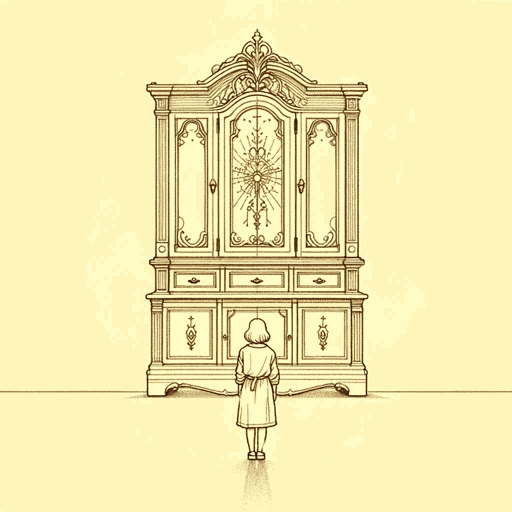62 pages • 2 hours read
Jessie BurtonThe Miniaturist
Fiction | Novel | Adult | Published in 2014A modern alternative to SparkNotes and CliffsNotes, SuperSummary offers high-quality Study Guides with detailed chapter summaries and analysis of major themes, characters, and more.
Themes
Gender Roles and Autonomy
The restrictive nature of gender roles is a central theme of The Miniaturist. Throughout the novel, Burton emphasizes the pressures of 17th-century social expectations. Presenting characters whose desires lie beyond the perimeter of gender constraints, the novel explores how far autonomy is possible in this context.
At the start of the novel, Nella has internalized stereotypical notions of femininity, largely learned from her mother. The protagonist’s conviction that a woman can find purpose only in the roles of wife and mother demonstrates how the dictates of society have shaped her desires. Nella’s initial discomfort in the Brandt household stems from her consciousness that no one in the “topsy turvy” house fulfills their prescribed roles. The servants are not subservient, her husband avoids consummating their marriage, and her sister-in-law is both the master and mistress of the house.
Nella’s changing feelings about traditional gender roles are expressed through the novel’s bird and cage imagery. When she discovers Johannes’s sexual orientation, Nella feels caged in a marriage that she believes precludes her fulfillment as a woman. However, she gradually sees that her situation affords freedoms that women in conventional marriages do not experience. Witnessing Marin’s agency as a single woman, Nella begins to understand why her sister-in-law perceives “marriage as a ceding of something” rather than an accomplishment (317).

